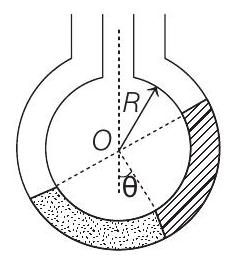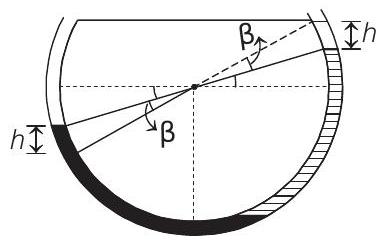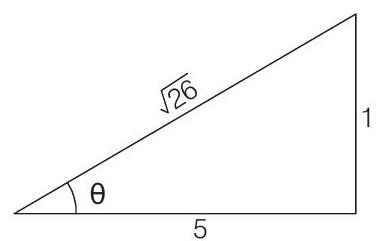Simple Harmonic Motion 5 Question 20
25. Two non-viscous, incompressible and immiscible liquids of densities

(a) Find the angle
(b) If the whole liquid column is given a small displacement from its equilibrium position, show that the resulting oscillations are simple harmonic. Find the time period of these oscillations.
Show Answer
Solution:
- (a) In equilibrium, pressure of same liquid at same level will be same.

Therefore,
(b) When liquids are slightly disturbed by an angle
Net restoring pressure
This pressure will be equal at all sections of the liquid. Therefore, net restoring torque on the whole liquid.

Assuming

Here,
Substituting in Eq. (i), we have
As angular acceleration is proportional to






